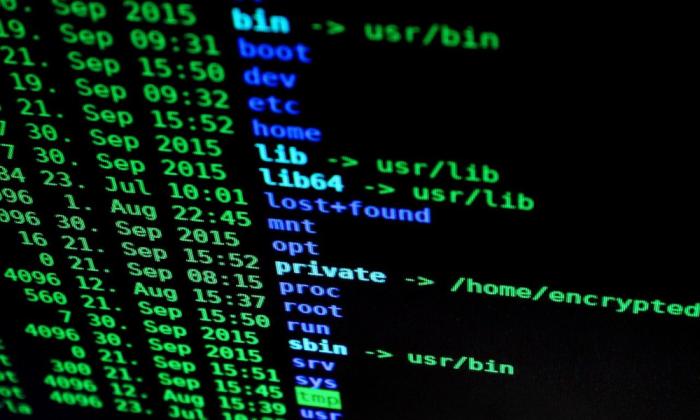ip vs. ifconfig: Which do you use?
Like a lot of users, I learned ifconfig, although I don't recall whether it's because the ip command didn't exist at the time or whether it just hadn't gained traction. It took a while to get used to ip, but when I understood how much ip encompassed, I switched over to it as soon as I could find a good cheat sheet for it. I think of ip as a suite.
[Cheat sheet: Old Linux commands and their modern replacements ]
If you're using ifconfig as just a query for an IP address, then ip addr show may seem superfluous. But when you're setting network routes and adding interfaces and IP addresses, the ip command suite brings your tasks together into a unified interface. For instance, instead of using ifconfig and route, each with different syntax, you can just use ip.
For instance, here's ifconfig:
$ sudo ifconfig eth0 add 192.168.12.20
$ sudo route add default gw 192.168.12.0 eth0
Those are valid commands, but they're not very consistent from the user's perspective. The device definition is front-loaded with ifconfig and trailing with route.
Here's the same process using ip:
$ sudo ip addr add 192.168.12.20 dev eth0
$ sudo ip route add 192.168.12.0/24 dev eth0 proto static
From a user interface perspective, the ip commands have a kind of symmetry. They're practically identical, so once you train yourself to understand the syntax of one ip subcommand, you know it for all ip subcommands.
And there's a lot you can do with ip. Each subcommand has its own manual entry, so you can focus on parsing each command's options without sorting through options that don't apply.
$ man ip-route
$ man ip-address
$ man ip-link
There's nothing wrong with ifconfig, and if it's the command you know and it's the command that's working for you, then keep on using it. But if you're just now learning networking basics on Linux, focus on material that uses the ip command, and I believe you'll have an easier time comprehending the different components. Just as importantly, you'll find it easier to remember how to view and modify your network settings with one simple two-letter command: ip.
[ Download now: A system administrator's guide to IT automation. ]




Seth Kenlon
Seth Kenlon is a UNIX geek and free software enthusiast. More about me
Try Red Hat Enterprise Linux
Download it at no charge from the Red Hat Developer program.



